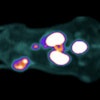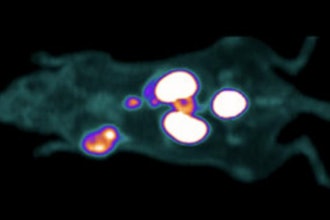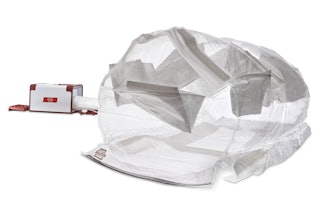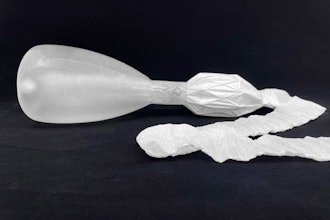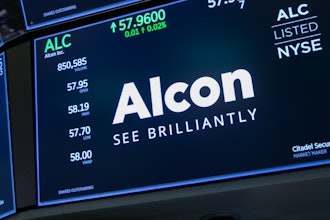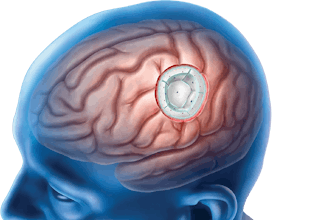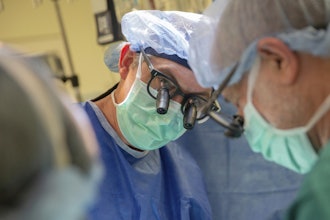
Synapse Biomedical announced that the FDA has granted premarket approval (PMA) of the NeuRx Diaphragm Pacing System (NeuRx DPS) for use in patients with spinal cord injuries who rely on mechanical ventilation.
The NeuRx DPS is an option for spinal cord injury (SCI) patients who prefer a more natural method of breathing. Rather than using positive pressure (forced air), NeuRx DPS provides negative pressure ventilation which mimics the body’s natural breath cycle.
The NeuRx DPS is a battery-powered device that delivers electrical stimulation via four percutaneous intramuscular electrodes implanted into the diaphragm with minimally invasive laparoscopy. It is intended for use in patients with stable SCI with stimulatable diaphragms, but who lack control of their diaphragms. The device is indicated to allow patients 18 years and older to breathe without the assistance of a mechanical ventilator for at least 4 continuous hours a day. Many patients have gone on to use the device up to 24 hours per day.
The FDA approval should change the standard of care in treating SCI injuries, said P. Hunter Peckham, Ph.D., Emeritus Professor of Biomedical Engineering at CWRU, and Co-Director, MetroHealth Rehabilitation Institute, MetroHealth System, a pioneer in neurostimulation and rehabilitation engineering.
“This life-altering technology should bring new freedom to thousands of people with SCI injuries,” he said.
The National Spinal Cord Injury Statistical Center estimates 17,900 new SCI cases each year. Since 2015, 59.8% of these patients have complete or incomplete tetraplegia, or paralysis of all four limbs, which will require some level of long-term or temporary mechanical ventilation.
Intubation for mechanical ventilation often occurs at the time of injury to manage respiratory failure or to protect the airway in cases of complete SCI between vertebrae C1 and C5. By contrast, in cases of incomplete injuries lower than C5, where the airway is not immediately compromised or at risk, ventilation is often still initiated approximately four days after injury when levels of carbon dioxide rise in the blood due to difficulty expiring.
Historically, patients were implanted months to years after their catastrophic, life-changing event. Recent studies have shown early treatment with the NeuRx DPS® decreases patient time on mechanical ventilation, reduces hospital length of stay by an average of 19 days, and provides hospitals an average cost savings of $140,000 per patienti. With PMA approval, hospitals now have immediate access to this technology and are able to implement the NeuRx DPS® into their standard of care. This approval also increases patient access to this life-changing technology and provides treatment options in geographical areas that do not have an active implant center.

